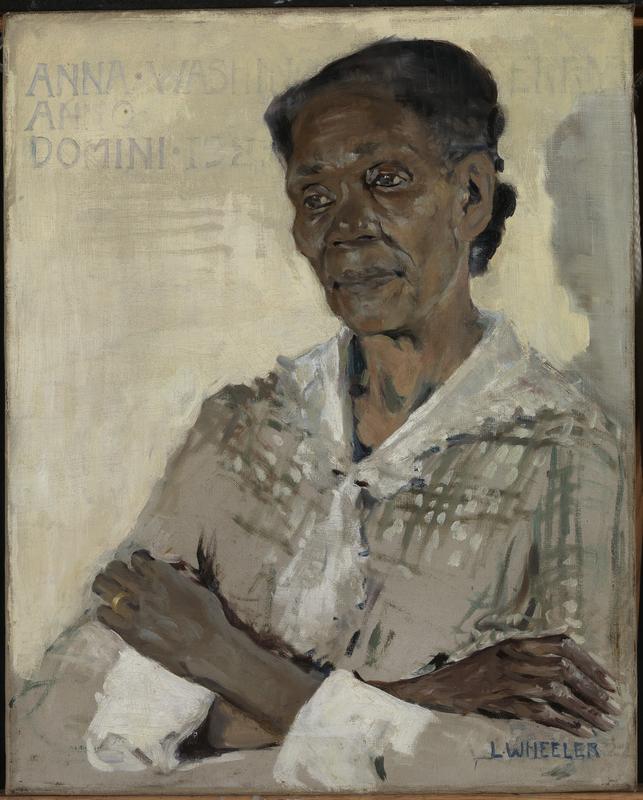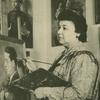More about Anna Washington Derry

Sr. Contributor
While she often painted many well-known Black Pennsylvanians, Laura Wheeler Waring’s most enduring work is a portrait of Anna Washington Derry, a working-class woman that she met during her tenure at Cheyney University.
As a teenager, Waring did not want to follow in the footsteps of many of her family members in becoming a teacher. Instead, she became an artist. After graduating from the Pennsylvania Academy of Fine Arts and winning a travel scholarship, she embarked for Paris to study the incomparable collection at the Louvre, where she was inspired by the work of Claude Monet.
However, upon her return, she gravitated back to the teaching profession and eventually melded her passions: music, art, and education. Waring founded the art and music departments at Cheyney University, often involving students in the surrounding community’s artistic practices. As the conductor of the Cheyney Singers, she brought university students to sing at the Thornbury AME Church, where Anna Washington Derry was a member of the congregation.
Born in the mid-nineteenth century in Maryland, Derry’s family moved to the Pocono Mountains region in Pennsylvania. By the 1880s, Derry set out on her own to work as a domestic servant and ended up in Delaware County, near Philadelphia, where she met her husband Benjamin Derry and found work as a laundress. This painting is a formalized depiction of someone who, as a working-class woman, would normally not have sat for a portrait.
Waring first debuted the portrait of Anna Washington Derry at an informal exhibition during a gathering of Black professionals at the home of Mr. and Mrs. Carl R. Diton in West Philadelphia. Although Derry’s portrait did not sell that day, the Philadelphia Tribune, the oldest continuously published African-American newspaper in the United States, called it remarkable. One year later, Waring submitted examples of her work, including the portrait of Anna Washington Derry, for the prestigious Harmon Foundation award and won. The painting was exhibited around Philadelphia and beyond, making it all the way to the galleries of Luxembourg.
Compared to fellow contemporaries like Aaron Douglas, Waring was much more conservative in her painting style and subject matter. This was is in keeping with the types of artists who won the prestigious Harmon Foundation award, which sought to spotlight the up-and-coming Black artists of the Harlem Renaissance. Most of the award winners painted more like Waring and less like Douglas.
Sources
- Connecticut Women’s Hall of Fame. “Laura Wheeler Waring.” Inductees. https://www.cwhf.org/inductees/laura-wheeler-waring. Accessed 25 January 2021.
- Harris, Valerie. “Life of a Portrait: Laura Wheeler Waring’s Anna Washington Derry.” Summer 2019. http://paheritage.wpengine.com/article/life-portrait-laura-wheeler-wari…. Accessed 25 January 2021.
- Radford University. “From Matricide to the Harlem Renaissance.” African Art in the Early Twentieth Century. https://www.radford.edu/rbarris/Women%20and%20art/amerwom05/harlemrenai…. Accessed 25 January 2021.
- Welch, John. “African American Print & Visual Media at the Nat’l Archives, no. 2.” The International Review of African American Art Plus. http://iraaa.museum.hamptonu.edu/page/African-American-Print-%26-Visual…. Acc












Is there a deeper meaning to the painting or is it just a depiction of a working class African American woman?